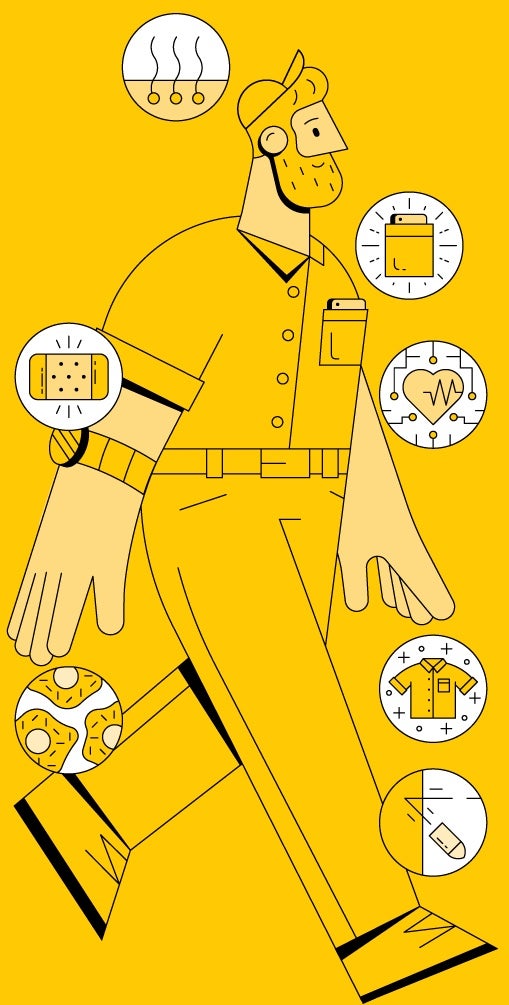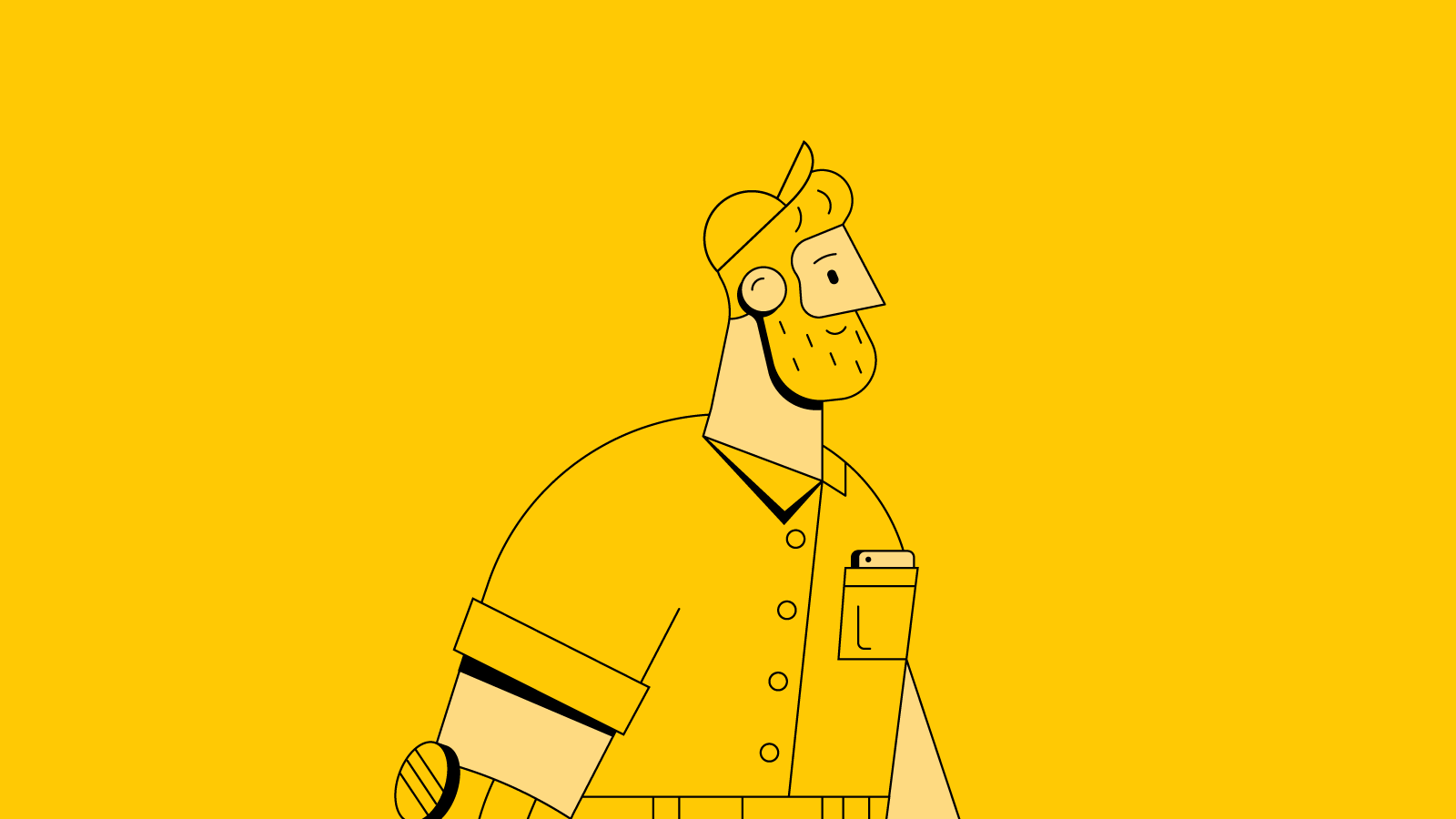
How Nanotech Can Improve What We’re Wearing
Patches that treat cancer? Hats that stimulate hair growth? Jackets that charge your smartphone? UCF’s NanoScience Technology Center is an epicenter of futuristic wearables.
Spring 2019 | By Robert Stephens
The latest installment in the series of Marvel movies, Captain Marvel, gives us yet another reason to, well, marvel. But what is it exactly that makes us watch these films in awe? The superheroes are somehow less super and less heroic when wearing jeans and button-down shirts. It’s those suits. They shield. They morph. They are mythical wonders said to be birthed from nanotechnology.
So as we watch, we might think, “Can’t we get someone to work on clothing like this for real?” Turns out, researchers at UCF’s NanoScience Technology Center are perfecting a number of concepts that you might consider marvelous. And we’re closer to wearing them than you think.
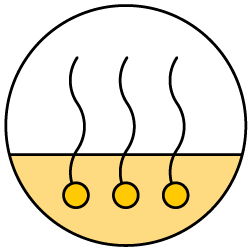
Hair Restoration
Hard helmets with rigid LEDs or lasers have been used in crude methods to stimulate hair growth. But the flexibility of quantum dot light-emitting devices (QLEDs), will make it possible for people to wear less cumbersome caps while the concentrated light addresses alopecia.
Tech: QLEDs
Researcher: Yajie Dong, assistant professor of materials science and engineering
Estimated arrival: within two years
Hard helmets with rigid LEDs or lasers have been used in crude methods to stimulate hair growth. But the flexibility of quantum dot light-emitting devices (QLEDs), will make it possible for people to wear less cumbersome caps while the concentrated light addresses alopecia.
Tech: QLEDs
Researcher: Yajie Dong, assistant professor of materials science and engineering
Estimated arrival: within two years
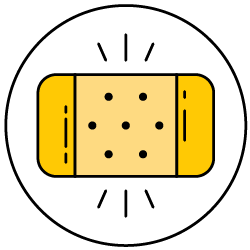
Cancer Treatment Patches
QLEDs are also generating interest with medical researchers. Light-emitting devices could be wrapped around cancerous areas — skin and oral cancers, in particular — allowing patients to receive treatment while going about their daily lives.
Tech: QLEDs
Researcher: Yajie Dong
Estimated arrival: four years, pending government approval
QLEDs are also generating interest with medical researchers. Light-emitting devices could be wrapped around cancerous areas — skin and oral cancers, in particular — allowing patients to receive treatment while going about their daily lives.
Tech: QLEDs
Researcher: Yajie Dong
Estimated arrival: four years, pending government approval
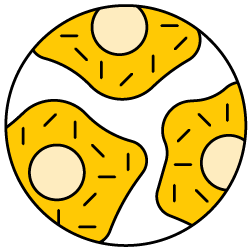
Cell and Wound Repair
Elite athletes sometimes use light therapy to stimulate cell repair. With Dong’s invention, an athlete at any level could wear QLEDs instead of lying prone at a doctor’s office. In theory, QLEDs could also be applied like bandages to quickly heal open wounds. Dong has a prototype ready. “Like any invention,” says Dong, “it’s a matter of finding a partner who can help scale it up.
Tech: QLEDs
Researcher: Yajie Dong
Estimated arrival: two to three years
Elite athletes sometimes use light therapy to stimulate cell repair. With Dong’s invention, an athlete at any level could wear QLEDs instead of lying prone at a doctor’s office. In theory, QLEDs could also be applied like bandages to quickly heal open wounds. Dong has a prototype ready. “Like any invention,” says Dong, “it’s a matter of finding a partner who can help scale it up.
Tech: QLEDs
Researcher: Yajie Dong
Estimated arrival: two to three years
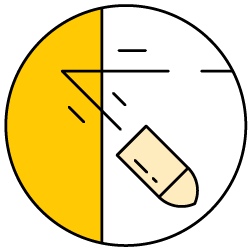
Indestructible Suits
Bullet-resistant vests stop bullets one layer at a time through the transfer of kinetic energy. But a suit using carbon nanotube mesh could, in theory, better stop higher-energy bullets and knife blades from fully penetrating.
Tech: Carbon nanotube composites
Researcher: Zhai and Fox
Estimated arrival: five to 10 years
Bullet-resistant vests stop bullets one layer at a time through the transfer of kinetic energy. But a suit using carbon nanotube mesh could, in theory, better stop higher-energy bullets and knife blades from fully penetrating.
Tech: Carbon nanotube composites
Researcher: Zhai and Fox
Estimated arrival: five to 10 years
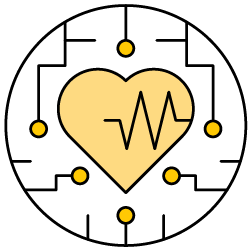
Heart-monitor Patches
The same textile fibers that charge devices could also be molded into adhesive patches used for heart monitoring, eliminating the need for hospital stays.
Tech: Energy harvesting and storing in the form of wired fabric
Researcher: Jayan Thomas
Estimated arrival: five to 10 years
The same textile fibers that charge devices could also be molded into adhesive patches used for heart monitoring, eliminating the need for hospital stays.
Tech: Energy harvesting and storing in the form of wired fabric
Researcher: Jayan Thomas
Estimated arrival: five to 10 years
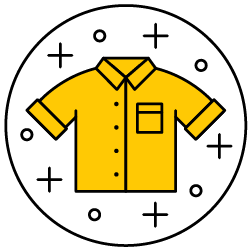
Self-repairing Clothes
Imagine your shirt or jacket rips, and then you watch it miraculously repair itself. That’s essentially what carbon nanotube composites can do — draw energy to the juncture of a tear, then reconnect the material. “The interesting thing about carbon nanotubes is that they can induce changes in the molecules around them if [the molecules are] stretched or torn,” says David Fox Jr. ’16. “These sorts of materials can be integrated into self-healing materials, like fabric, that arrange themselves on the molecular level.”
Tech: Carbon nanotube composites, known as self-correcting fibers
Researcher: Lei Zhai, professor of nanotechnology and chemistry, and graduate assistant David Fox Jr. ’16
Estimated arrival: 30 years
Imagine your shirt or jacket rips, and then you watch it miraculously repair itself. That’s essentially what carbon nanotube composites can do — draw energy to the juncture of a tear, then reconnect the material. “The interesting thing about carbon nanotubes is that they can induce changes in the molecules around them if [the molecules are] stretched or torn,” says David Fox Jr. ’16. “These sorts of materials can be integrated into self-healing materials, like fabric, that arrange themselves on the molecular level.”
Tech: Carbon nanotube composites, known as self-correcting fibers
Researcher: Lei Zhai, professor of nanotechnology and chemistry, and graduate assistant David Fox Jr. ’16
Estimated arrival: 30 years
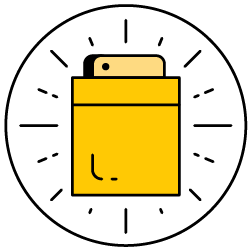
Device-charging Shirts
Portability of energy has always been a huge challenge, which is why you often see people crowded around electrical outlets at airports to charge their phones. By weaving wired fabric into a shirt or jacket, you could charge a device just by putting it into a pocket.
Tech: Energy harvesting and storing in the form of wired fabric
Researcher: Jayan Thomas, associate professor of materials science and engineering
Estimated arrival: three to five years
Portability of energy has always been a huge challenge, which is why you often see people crowded around electrical outlets at airports to charge their phones. By weaving wired fabric into a shirt or jacket, you could charge a device just by putting it into a pocket.
Tech: Energy harvesting and storing in the form of wired fabric
Researcher: Jayan Thomas, associate professor of materials science and engineering
Estimated arrival: three to five years
